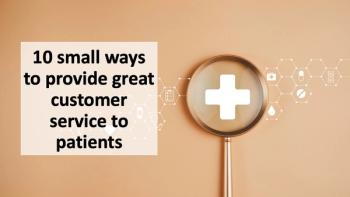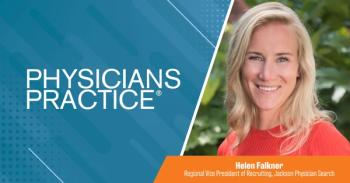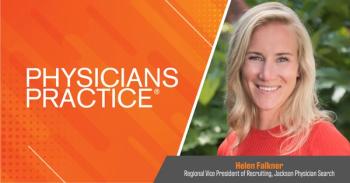
Outsmarting out-of-pocket collection pains
Health care practices enhance revenue by collaborating with payers for digital out-of-pocket payments, improving cash flow and patient engagement.
Commercially insured patients owe more out-of-pocket costs for their care, yet they’re paying less of their financial responsibility for health care services, a recent
On the surface, the idea seems counterintuitive. After all, research points to payer actions that slow down cash flow for providers, such as a jump in initial claim denials, which reached 11.81% in 2024. This occurs even though payers ultimately pay 90% of initially denied claims, the Kodiak Solutions analysis found.
Meanwhile, nearly half of revenue cycle leaders say high rates of denials pose the greatest threat to their organization’s revenue cycle function, according to a survey by the Healthcare Financial Management Association and Knowtion Health. “The introduction of AI and automation by payers in denial decisions is likely to further fuel this trend,”
These are just a few of the factors pointing to the need to elevate strategic relationship management with payers, health care revenue cycle survey respondents agree.
But amid these conversations, a new trend is emerging: one in which payers initiate the “ask” for out-of-pocket payments—digitally—on behalf of providers. It’s an area where early adopters are seeing higher levels of out-of-pocket payment capture, increasing patient financial engagement while building stronger payer-provider relationships.
Reimagining payment collaboration with payers
Increasingly, payers are collecting out-of-pocket payments from members on behalf of providers. Here’s how this typically works:
- The health plan sends an explanation of benefits (EOB) document to the member via mail or email. This document informs the member how much they may owe out of pocket based on the contractual adjustment and the amount paid by the health plan.
- The EOB includes a QR code that the member may scan to enter a payer portal in order to pay their portion for care and services delivered.
- The health plan then sends this payment to the provider, whether electronically or by printed check.
While this approach adds a level of digital convenience for members and providers, it doesn’t necessarily speed cash collections for providers.
For one, it may take weeks for these payments to be sent to providers by the health plan. For another, once payments are received, staff on the provider side most likely will manually process and reconcile each payment with the account from which it originated.
Now, leading providers are beginning to collaborate with health plans to adopt a more digital-centric approach. Using the latest digital payment technology, plans send consumer payments directly to the provider, eliminating wait times for payment processing and posting. Advanced tech automatically reconciles payments for the provider, eliminating the need to manually match payments to patient accounts.
Alpine Physician Partners, leverages PatientPay Accelerate for these payments which has significantly improved our cash flow by speeding up payments by more than 40 days. It also significantly reduced the administrative burden of payment posting for our staff, reducing the cost of collections by approximately $4,780 per 1,000 payments.
Key considerations for providers
Today, more than 1 million providers of all sizes and types are exploring the benefits of a payer-facilitated consumer payment approach. It’s a model that shows promise for faster, cleaner and more efficient patient payment workflows and reduced days in accounts receivable.
But achieving the desired outcome with this type of approach necessitates more than a plug-and-play approach. Here are three other considerations for providers when leaning into this type of collaborative payment effort with payers.
- Deploy multichannel mechanisms for patient financial communications. The quickest way to engage patients is by sending not just a paper EOB with a QR code for payment, but also a digital entry point for paying their bill. For example, by sending a secure text with a link to the EOB and quick pay button, patients not only gain transparency into what they owe and why but can also manage their account with ease.
- Educate patients about this new option for payment. Some patients may be confused about why their health plan would accept out-of-pocket payments on their provider’s behalf. By initiating discussions with patients before they receive that first communication, providers can pave the way for faster adoption. One pro tip: Include signage describing convenient digital payment mechanisms in physician offices and waiting areas.
- Make it easy for patients to follow through with payment. The best models eliminate the need for a username or password by recognizing the patient simply through the QR code used or the text from which the account was accessed. This decreases the potential for unnecessary friction in the patient experience. It also facilitates faster payment.
By leaning into a collaborative payer-provider model for payment, health care organizations can more effectively boost revenue and efficiency while decreasing the costs related to out-of-pocket payment.
Matt Mettry is VP of Revenue Cycle at Alpine Physician Partners
Newsletter
Optimize your practice with the Physicians Practice newsletter, offering management pearls, leadership tips, and business strategies tailored for practice administrators and physicians of any specialty.








